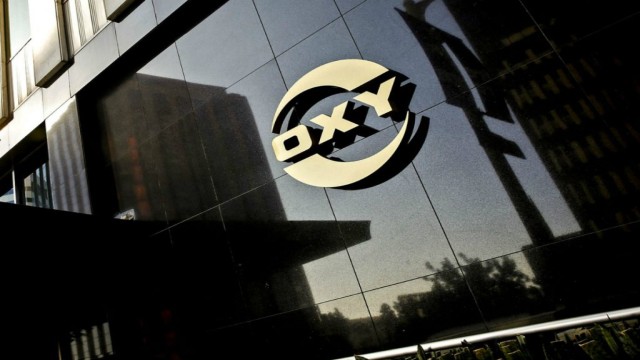U.S., July 15 (V7N) – Occidental Petroleum, a major U.S. shale oil and gas producer, announced on Monday that its oil production in the Gulf of Mexico for the second quarter of 2025 was curtailed due to a combination of third-party operational constraints, extended maintenance work, and schedule-related delays.
The company reported that sales volumes from its Gulf of Mexico operations, which it refers to as the “Gulf of America” in line with a recent executive order, are expected to average approximately 125,000 barrels of oil equivalent per day (boepd) for the quarter. This represents a reduction from previous production targets.
The term “Gulf of America” comes from a directive issued in January 2025 by U.S. President Donald Trump, who ordered all U.S. institutions to adopt this name instead of “Gulf of Mexico.” This change reflects a broader political push to assert American sovereignty and influence in the region.
Occidental attributed the production shortfall primarily to external third-party constraints, including limitations imposed by partners or contractors that affect the company’s ability to maximize output. Additionally, ongoing extended maintenance activities on key offshore platforms and infrastructure led to further delays and temporary shutdowns. Scheduling challenges, including the coordination of personnel and equipment, compounded these operational issues.
Industry analysts note that production curtailments in the Gulf of Mexico can impact overall U.S. oil output, especially as the region is a significant source of offshore oil and gas. These disruptions come at a time when global energy markets remain sensitive to supply uncertainties, including geopolitical tensions and U.S. sanctions affecting other oil-producing nations.
Occidental Petroleum confirmed that it is actively working to resolve these issues by optimizing maintenance schedules and improving coordination with third parties to restore full production capacity as soon as possible. The company remains committed to meeting energy demand while maintaining safety and environmental standards in its offshore operations.
The Gulf of Mexico remains a vital area for U.S. energy production, and ongoing investments in infrastructure and technology aim to enhance efficiency and output despite periodic challenges.
END/WD/AJ/































Comment: